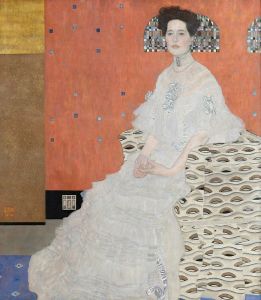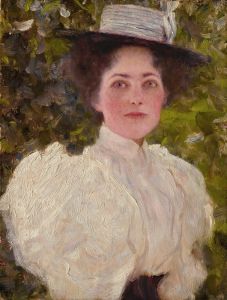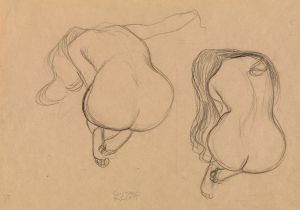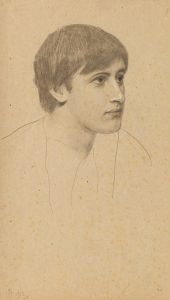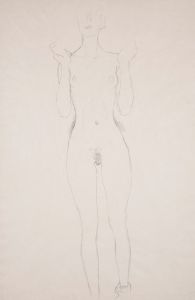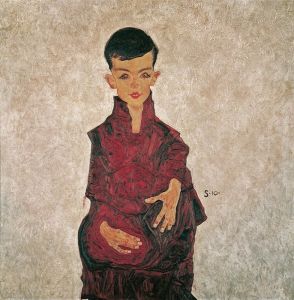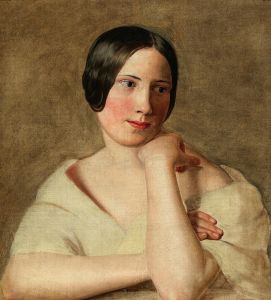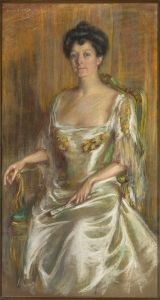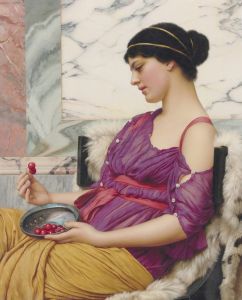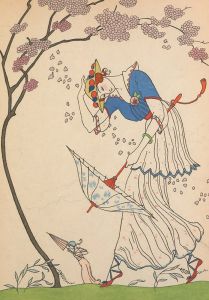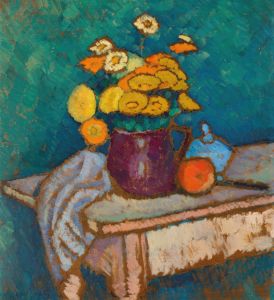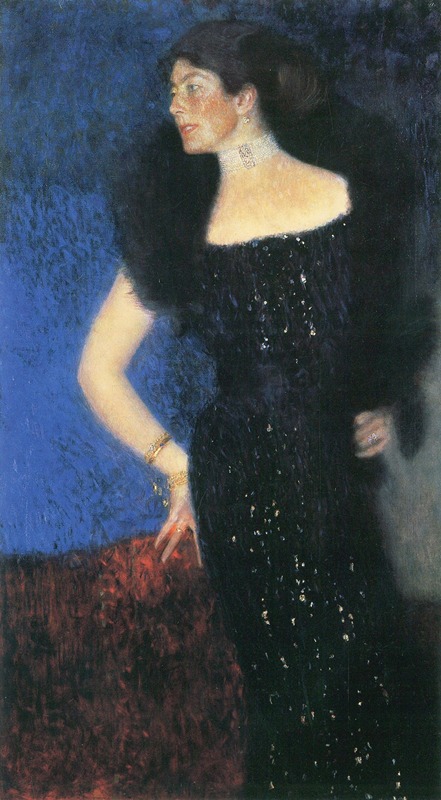
Portrait of Rose von Rosthorn-Friedmann
A hand-painted replica of Gustav Klimt’s masterpiece Portrait of Rose von Rosthorn-Friedmann, meticulously crafted by professional artists to capture the true essence of the original. Each piece is created with museum-quality canvas and rare mineral pigments, carefully painted by experienced artists with delicate brushstrokes and rich, layered colors to perfectly recreate the texture of the original artwork. Unlike machine-printed reproductions, this hand-painted version brings the painting to life, infused with the artist’s emotions and skill in every stroke. Whether for personal collection or home decoration, it instantly elevates the artistic atmosphere of any space.
The painting Portrait of Rose von Rosthorn-Friedmann is a work by the Austrian symbolist painter Gustav Klimt. Created in 1900, the portrait depicts Rose von Rosthorn-Friedmann, a member of Vienna's affluent and cultured bourgeoisie. Rose was married to Arthur von Rosthorn, a prominent industrialist and diplomat, and was known for her connections to Vienna's intellectual and artistic circles during the late 19th and early 20th centuries.
This portrait is an example of Klimt's early portraiture, showcasing his ability to capture the individuality and elegance of his sitters. Unlike his later works, which are characterized by elaborate patterns and gold leaf, this painting reflects a more restrained and naturalistic style. Rose is depicted seated, with a calm and composed expression, wearing a dark dress with subtle detailing. The background is understated, drawing attention to the subject herself.
Klimt's portraits of women, including this one, were highly sought after by Vienna's upper class. They often served as a testament to the sitter's social status and personal refinement. While Klimt is best known for his more decorative and symbolist works, such as The Kiss and Portrait of Adele Bloch-Bauer I, his earlier portraits, including Portrait of Rose von Rosthorn-Friedmann, demonstrate his mastery of traditional portraiture techniques.
The painting is part of Klimt's broader body of work that bridges the academic traditions of the 19th century and the modernist innovations of the 20th century. It reflects the cultural and artistic milieu of Vienna during the fin de siècle, a period marked by a flourishing of the arts and intellectual life.
As of now, the current location of the painting is not widely documented, and it is not among Klimt's most frequently exhibited or reproduced works. Nevertheless, it remains an important example of his early portraiture and his engagement with Vienna's elite society.





